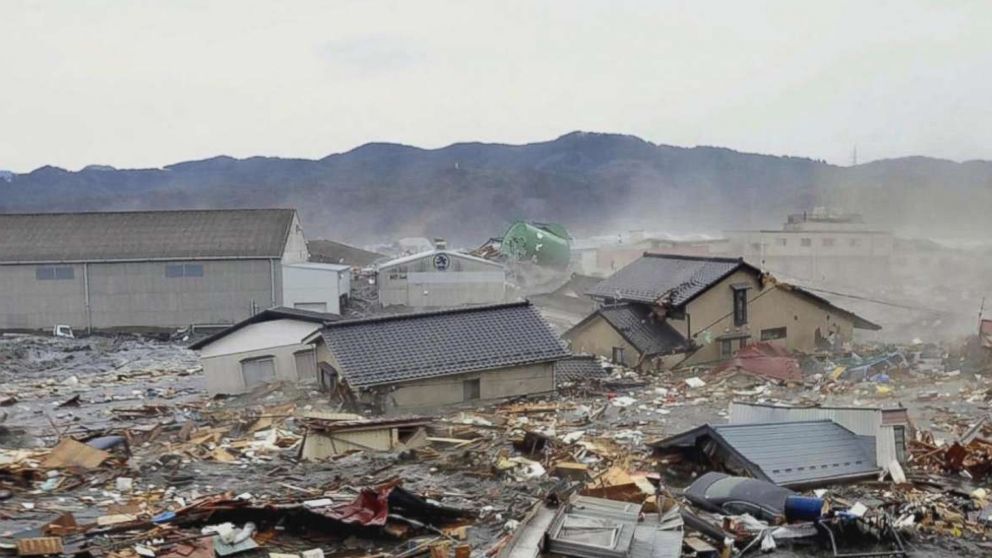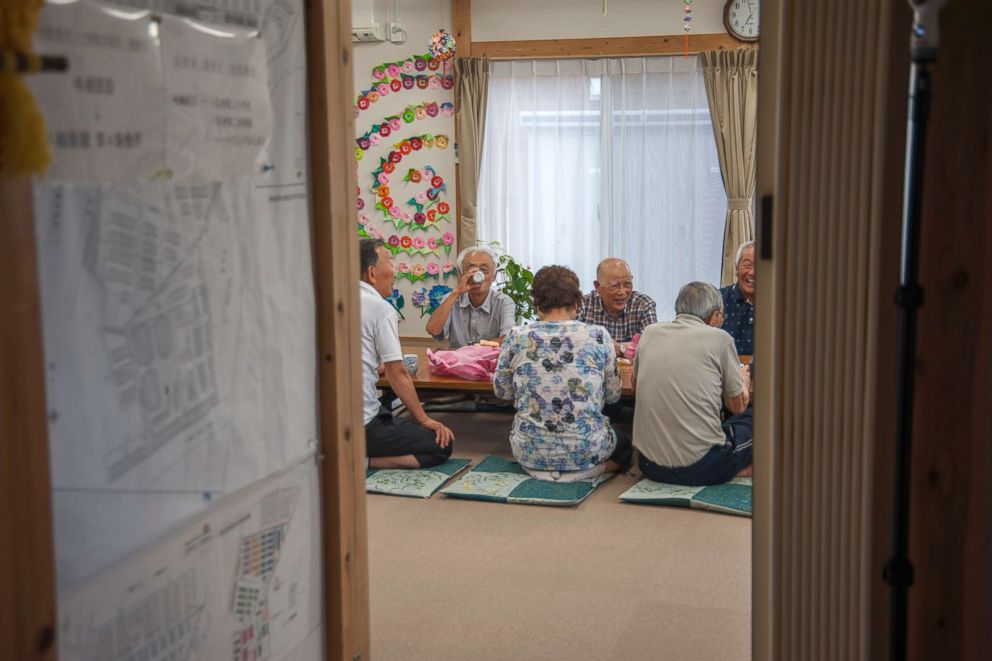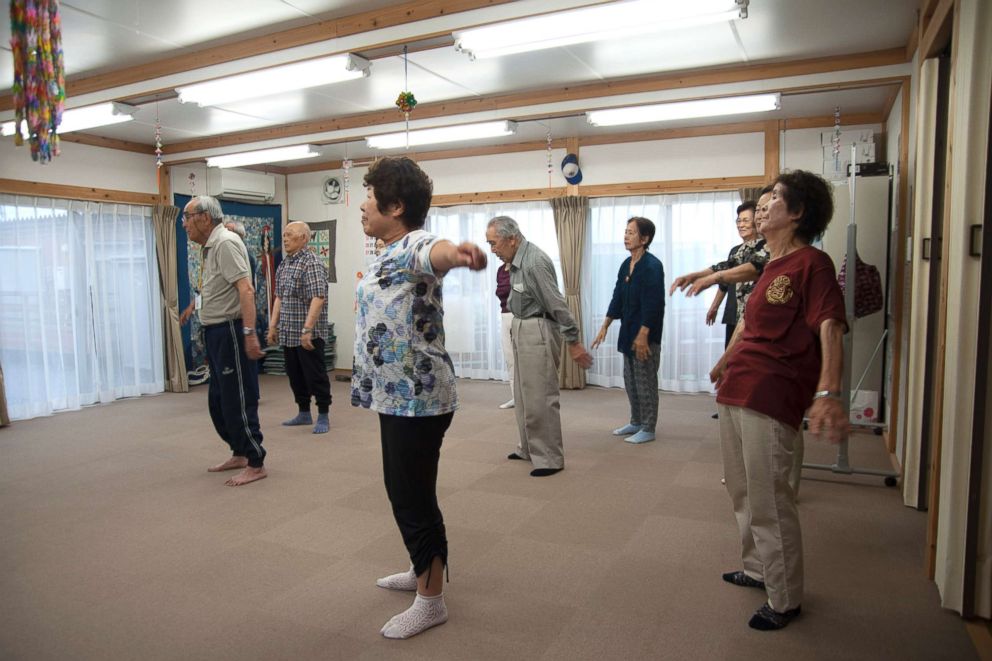Senior center offers long-term temporary housing, hope 7 years after Fukushima nuclear crisis
The nuclear crisis displaced hundreds of thousands of residents in Japan.
Seven years after the nuclear disaster in Fukushima, a vulnerable community that was forced to evacuate is still feeling the effects of long-term displacement.
When the Fukushima Daiichi Nuclear Power Plant released radioactive material on March 11, 2011 -- triggered by a tsunami, which was set off by a preceding earthquake -- it sent hundreds of thousands of residents in surrounding areas scrambling for safety.

One of the places where they found shelter at was the Ushigoe Temporary Housing Complex. There are still evacuees there today.

"A temporary housing is temporary, after all," said Noboru Gunji, a community leader at the housing complex. "No matter how much time you spend here, you will never get back to your real life."
Gunji said at the beginning there were about 400 evacuees at the complex; now, there are about 100 residents still there.
For now, the Ushigoe Temporary Housing Complex remains open. It was set to close this March, but the government extended it to next year.

Despite the sense of loss, Gunji said the residents at Ushigoe -- many of whom are at least 60 years old -- have formed a bond by, among doing other activities, exercising together every day.
Seimei Sasaki, 92, participates every morning. And he said the temporary center gives him a sense of community.

"Here I can talk to everyone every day," he said. "So this is a fun way to start my morning."
The Fukushima area, however, is still devastated. Some 50,000 people remained displaced to this day, according to the government, though experts say there are likely many more.




